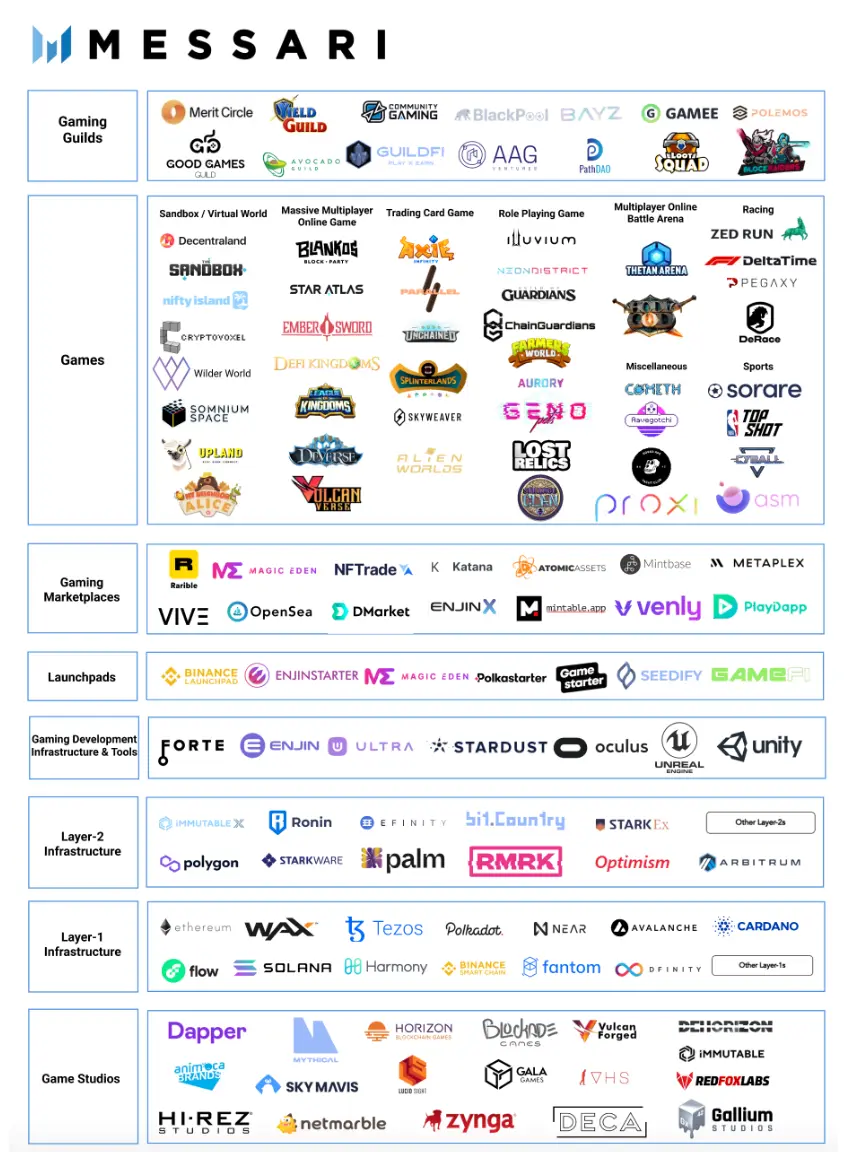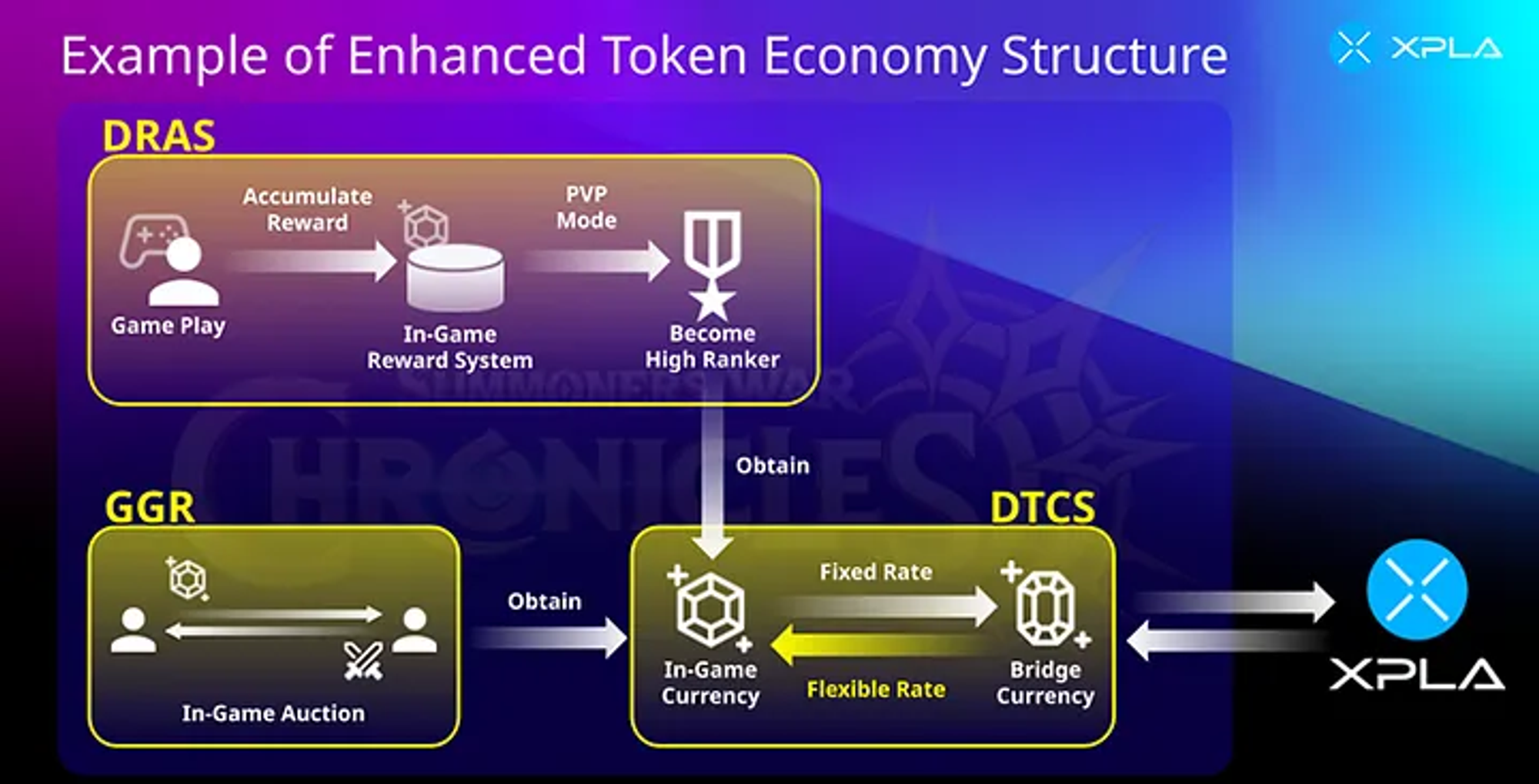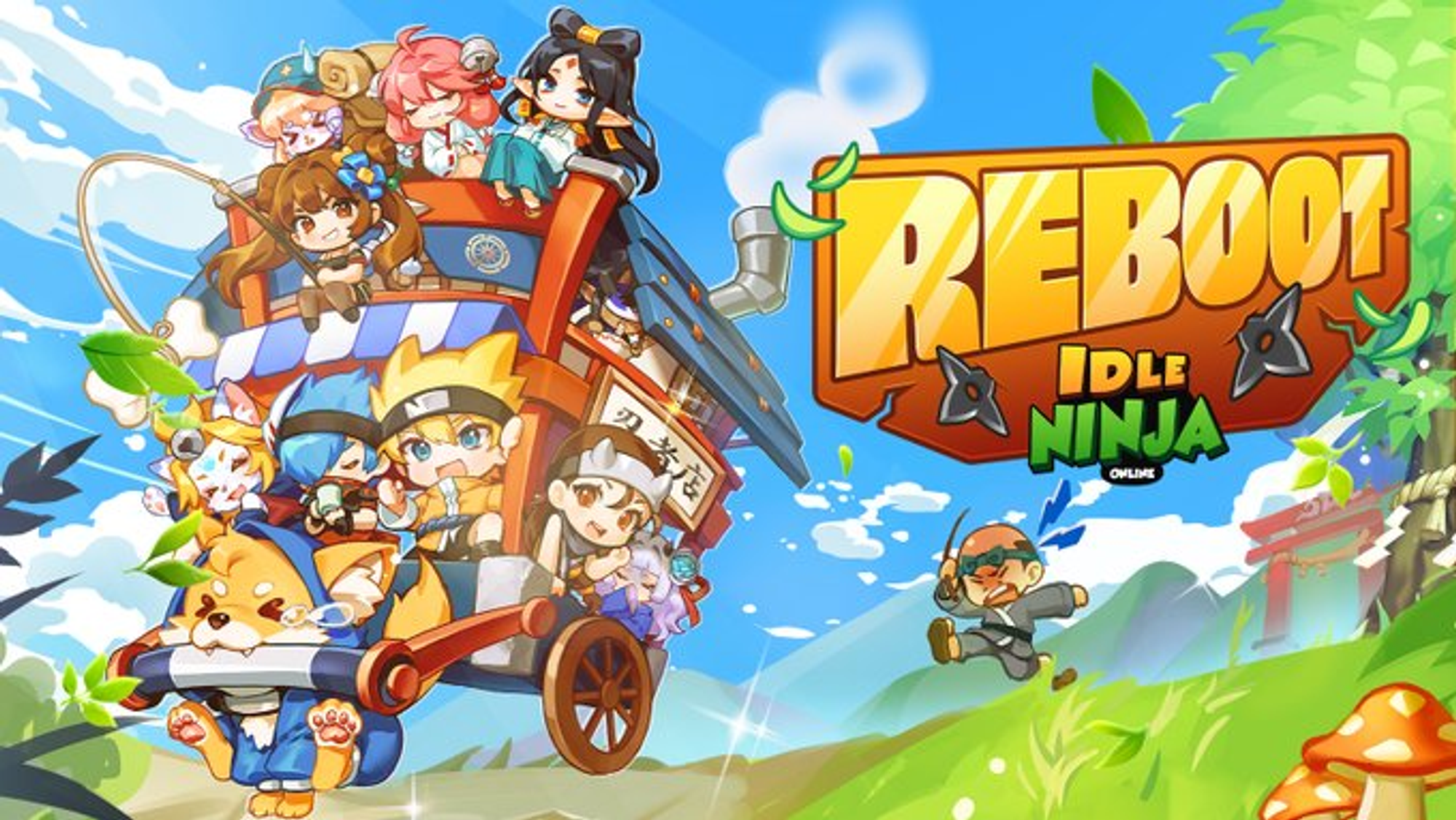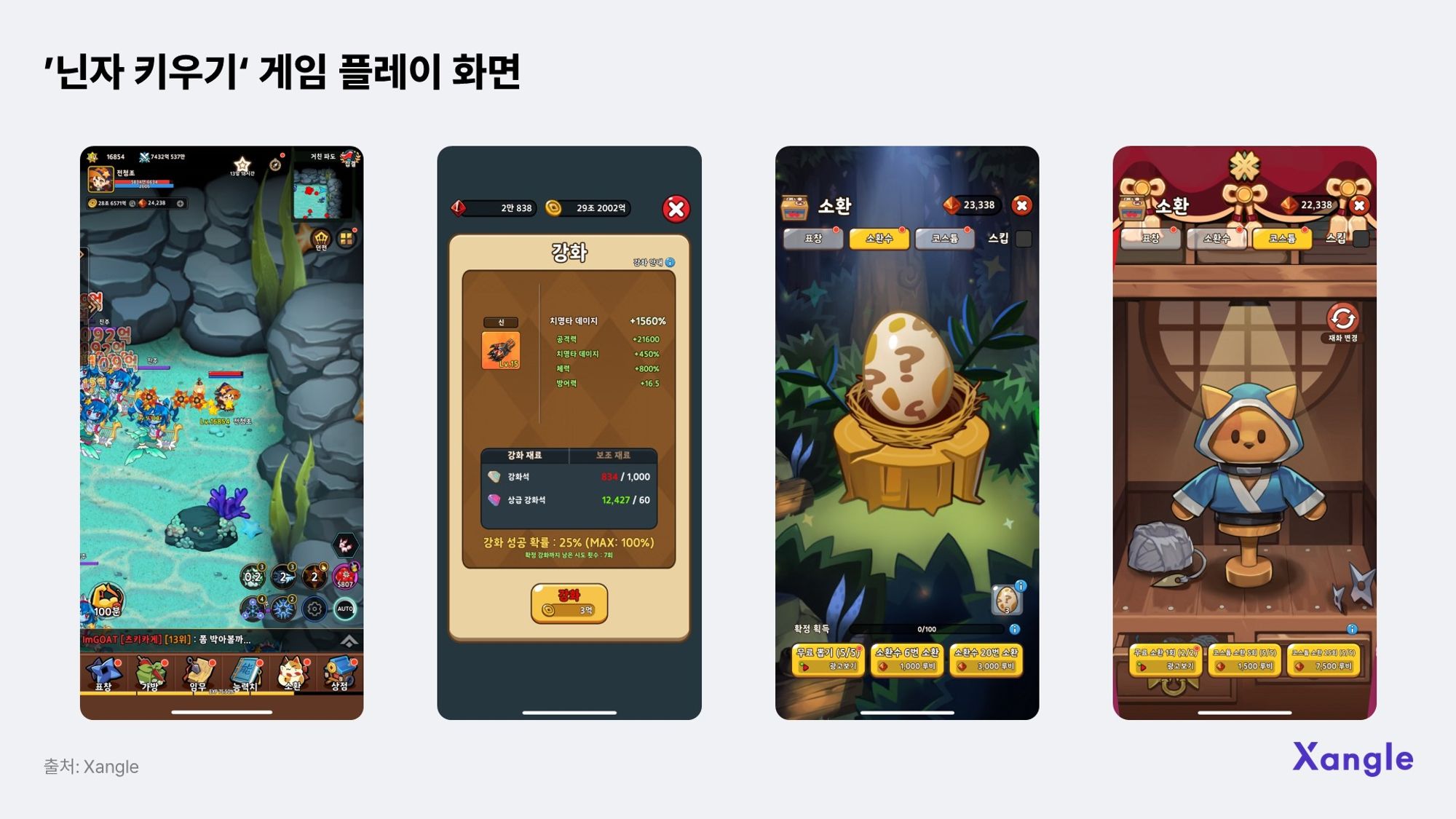Table of Contents
1. XPLA Envisions a Transformative Shift in the Blockchain Gaming Ecosystem towards Play-to-Own (P2O)
2. XPLA: Constructing an Interchain Ecosystem for Enhanced Cross-Chain Compatibility
3. A Glimpse into XPLA Game Content: Spotlight on Idle Ninja Online
4. Closing Thoughts
1. XPLA Envisions a Transformative Shift in the Blockchain Gaming Ecosystem towards Play-to-Own (P2O)
In 2021, the surge in the NFT market propelled the global popularity of NFT-based Play-to-Earn (P2E) games. This trend underscored blockchain games as a novel avenue for value creation, drawing attention from domestic game companies exploring the sector’s potential. Recognizing this, Com2uS entered the blockchain game market earnestly at the end of 2021, having initially developed the C2X mainnet within the Terra ecosystem. Despite facing challenges such as the Terra ecosystem collapse and the FTX crisis, Com2uS, which has rebranded C2X to XPLA, chose not to exit the market. Instead, they unveiled a new vision by establishing their mainnet based on Cosmos. Shifting from the conventional Play-to-Earn model to Play-to-Own, XPLA emphasizes the intrinsic strengths of blockchain technology: ownership and sharing, transcending mere earning. This article explores how Com2uS, now operating XPLA, is actualizing this visionary shift in the blockchain gaming landscape.
2. XPLA: Constructing an Interchain Ecosystem for Enhanced Cross-Chain Compatibility
Various Layers of Blockchain Gaming Landscape

<Blockchain Game Landscape, Source: Messari>
Following the P2E surge, game companies and projects delving into emerging markets embarked on developing diverse games and platforms across various blockchain mainnets. Consequently, the current landscape of blockchain gaming finds itself scattered across multiple mainnets. This fragmentation poses a significant hurdle to realizing the foundational concept of “interoperability across ecosystems based on ownership and sharing,” which is pivotal in blockchain gaming.
Cosmos-based Mainnet: Interoperability
Originally aligning with Terra Mainnet, recognized for its mature ecosystem among Cosmos-based mainnets, Com2uS, which has rebranded C2X to XPLA, continues to adopt a Cosmos-based mainnet. This strategic decision is rooted in the belief that Cosmos, as an interchain ecosystem, best embodies the core values of ownership and interoperability essential to the blockchain gaming ecosystem envisioned by XPLA and Com2uS.
Cosmos stands out as a major mainnet dedicated to resolving interoperability issues between blockchains. It achieves interchain communication through standardized protocols such as IBC (Inter-Blockchain Communication protocol) and ICA (InterChain Accounts). Cosmos further streamlines mainnet development and integration through the versatile Cosmos SDK, boasting wide language compatibility and flexible consensus algorithms. Notably, Cosmos supports interchain security solutions, mitigating the early-chain security concerns. Consequently, Cosmos stands as one of the most proactive mainnets in envisioning and enhancing interoperability within the broader blockchain ecosystem. By anchoring itself in the Cosmos ecosystem, XPLA positions itself to optimize interoperability within the blockchain gaming landscape.
XPLA EVM Implementation Update: Commencing Full-Scale Interaction with the Ethereum Ecosystem
In conversations about interoperability within the blockchain ecosystem, the term “EVM compatibility” consistently takes center stage. Why does EVM compatibility hold such significance, and why is it the linchpin of blockchain interoperability? The answer lies in the fact that the Ethereum ecosystem boasts the largest market share and infrastructure in the current blockchain landscape. Consequently, when evaluating the interoperability of any blockchain, compatibility with the Ethereum ecosystem takes precedence.
Recognizing this paramount importance, XPLA recognized the importance of EVM compatibility right from the onset of its rebranding. In February, XPLA initiated support for interaction with the Ethereum ecosystem through an EVM module based on Evmos. Evmos, the inaugural EVM-compatible chain within the Cosmos ecosystem, is constructed on the Cosmos SDK framework. Initially known as Ethermint, it underwent a rebranding to Evmos in April 2021, aligning with a more ambitious vision.
In the evolving landscape of EVM-compatible chains within the Cosmos ecosystem, Evmos stands out with a considerable market share, maintaining its prominence. This dominance is attributed to Evmos’ sustained development and effective communication strategies, exemplified by projects like Cevmos, a collaborative effort with Celestia. XPLA’s deliberate selection of an EVM compatibility update anchored in Evmos appears to be a strategic move aimed at enhancing its integration with the Ethereum ecosystem. This decision aligns with XPLA’s broader goal of increasing accessibility to a broader user and developer community, with Evmos serving as a pivotal component for achieving interoperability with Ethereum within the Cosmos ecosystem.
Simultaneously, Evmos has announced its intention to discontinue support for Cosmos transactions by Q3 2024, redirecting its focus towards implementing a fully interoperable EVM. This strategic shift aims to resolve the dualities between Cosmos and Ethereum within the Evmos ecosystem. While acknowledging that this transition may necessitate some migration efforts for existing users and developers, Evmos emphasizes the long-term benefits. It anticipates an enhancement in both developer and user experiences within the Cosmos ecosystem, positioning itself effectively as a hub for EVM functionality.
Interoperability and the Future of P2O
Why does XPLA prioritize interoperability? The answer lies in the P2O model it advocates. In the P2O model, on-chain assets earned through gameplay hold true value only if they can freely traverse across various mainnets or ecosystems. Without such interoperability, these assets are no different from conventional in-game assets. For the genuine ownership of on-chain assets to be realized, blockchain interoperability facilitating the seamless interaction of assets across environments becomes paramount. Thus, the inseparable connection between interoperability and the P2O model underscores why XPLA places such emphasis on achieving interoperability.
3. A Glimpse into XPLA Game Content: Spotlight on Idle Ninja Online
Having explored the overarching infrastructure of XPLA, this section delves into the specific blockchain game content integrated into the XPLA ecosystem. A focal point of this exploration is the game titled ‘Idle Ninja Online.’
XPLA Game Content: Fundamental Structure

<XPLA Token Economy Structure, Source: XPLA Medium >
Before delving into the details of ‘Idle Ninja Online,’ let’s examine the shared token economy structure underpinning XPLA’s game content. Similar to conventional games, XPLA’s game offerings involve the earning and consumption of off-chain goods through actual gameplay. As players progress through the game, they can accrue game tokens, acting as intermediate goods that can later be exchanged for the native coin $XPLA. This model encourages players to engage with the game, achieving specific milestones and completing in-game achievements and events to earn additional game tokens beyond the initial earning conditions. Representing a Web 2.5 approach, it enables users to organically immerse themselves in the blockchain gaming ecosystem, seamlessly integrating blockchain elements into their gaming experience, rather than merely enticing users solely for token earning purposes.
Adapting this structure to the unique characteristics of each game, XPLA’s blockchain game content ensures a tailored implementation. In the subsequent section, I will provide insights into the practical execution of XPLA’s game content based on my personal experience with ‘Idle Ninja Online.’
Idle Ninja Online: Idle RPG Integrates Multiplayer Dynamics and Blockchain

<Idle Ninja Online, Source: X @idleninjaonline>
Launched in March 2021 by Korean game company Puzzle Monsters, ‘Idle Ninja Online’ is an idle RPG game that initially debuted on the BNB mainnet. It featured a currency exchange system akin to Hero Blaze: Three Kingdoms but gradually evolved by incorporating blockchain elements such as NFTs. Over the past two years, it has solidified its presence as one of the few Play-to-Earn (P2E) game projects, demonstrating sustained operation.
In September, ‘Ninja Raising’ garnered recognition for its accomplishments and became the 10th game content to join XPLA. Notably, it earned the distinction of being the first game with a cross-chain token on the XPLA platform. Beyond integration into XPLA, the game has also inaugurated a dedicated XPLA server named the Starlight Server.

Diverging from the trend of recent idle RPG games that emphasize the collection and fusion of various characters, ‘Idle Ninja Online’ adopts a more classic idle game approach, focusing on the development of a single character in various customizable ways.
In ‘Idle Ninja Online,’ the primary in-game assets are Gold and Rubies. Gold, acquired through field hunting, is utilized to enhance the character’s stats and upgrade equipment. Rubies, earned via missions, achievements, and guide rewards, serve as in-game assets for purchasing daggers, costumes, and pets. Equipment and enhancement materials can be predominantly obtained through the Four Gods and Higher Gods content (Raid content). ‘Idle Ninja Online’ offers diverse elements, including the Tower of Moonlight, timed dungeons, and a daily 100-minute energy recharge system—a boost for acquiring goods. These features allow players to enjoy the game dynamically, witnessing the real-time growth of their ninja characters. Furthermore, the game introduces $NINKY tokens, a unique in-game token exchangeable for $XPLA. These tokens can be primarily earned through weekly ranking rewards and by undertaking challenges to achieve ninja promotions through dagger enhancements.
XPLA’s Perspective on the Blockchain Gaming Ecosystem
Upon experiencing ‘Idle Ninja Online’ in the XPLA gaming universe, I found that it adeptly incorporates the fundamental aspects of a traditional idle RPG, offering an enjoyable journey of growth in a casual manner. An intriguing aspect is the integration of $NINKY tokens within the game, allowing users to seamlessly acquire scarce in-game items and directly convert them to the native token $XPLA through the XPLA Vault wallet. This demonstrates XPLA’s commitment to integrating blockchain elements organically while preserving the inherent enjoyment of the existing game experience. However, it is noteworthy that there is a current absence of P2O elements beyond the conversion of $NINKY tokens to $XPLA or their use for higher-level assets. The evolution of the game in the future will be intriguing to observe, considering XPLA’s overarching vision.
Despite this, ‘Idle Ninja Online’ stands as a compelling showcase of how XPLA is approaching the blockchain gaming market. By constructing a framework that enables gamers to naturally earn tokens and engage in the blockchain gaming ecosystem through gameplay, mirroring traditional gaming experiences, XPLA reaches out to players in a familiar and low-risk manner. This strategic approach enhances accessibility for gamers unfamiliar with blockchain games, lowering the entry barrier and opening avenues for more players to join the blockchain gaming ecosystem. XPLA’s trajectory in the blockchain gaming space also aligns with the broader challenge of achieving mass adoption within the blockchain industry.
4. Closing Thoughts
Com2uS stands as a Korean gaming powerhouse actively investing in the dynamic blockchain gaming ecosystem. Recent initiatives, such as forging connections with the broader interchain ecosystem through a strategic partnership with Layerzero, exemplify the company’s dedication. Moreover, Com2uS is advancing technological solutions, notably the XPLA Alternative Transaction Payment System (XATP), aimed at maximizing token usability. Beyond the technical aspects, Com2uS underscores its commitment to the blockchain gaming ecosystem by consistently onboarding games that synergize the P2O model with blockchain elements.
Despite the challenges encountered during the C2X phase, Com2uS resiliently forges ahead, rebranding as XPLA and embracing a renewed vision centered on Play-to-Own. Recognizing that the blockchain gaming industry is still in its nascent stages, XPLA emerges as a pioneering force with the potential to become a pivotal platform shaping the industry’s future landscape. Much like Com2uS revolutionized the gaming sector during the mobile gaming era, we eagerly anticipate XPLA to be a transformative force in the blockchain gaming ecosystem.


